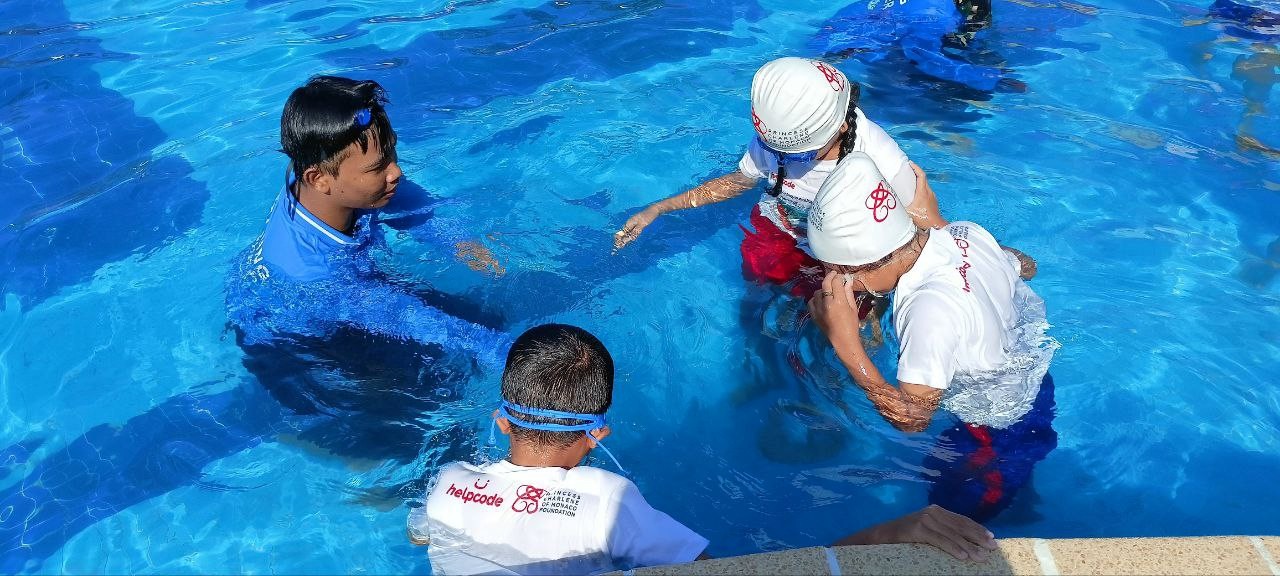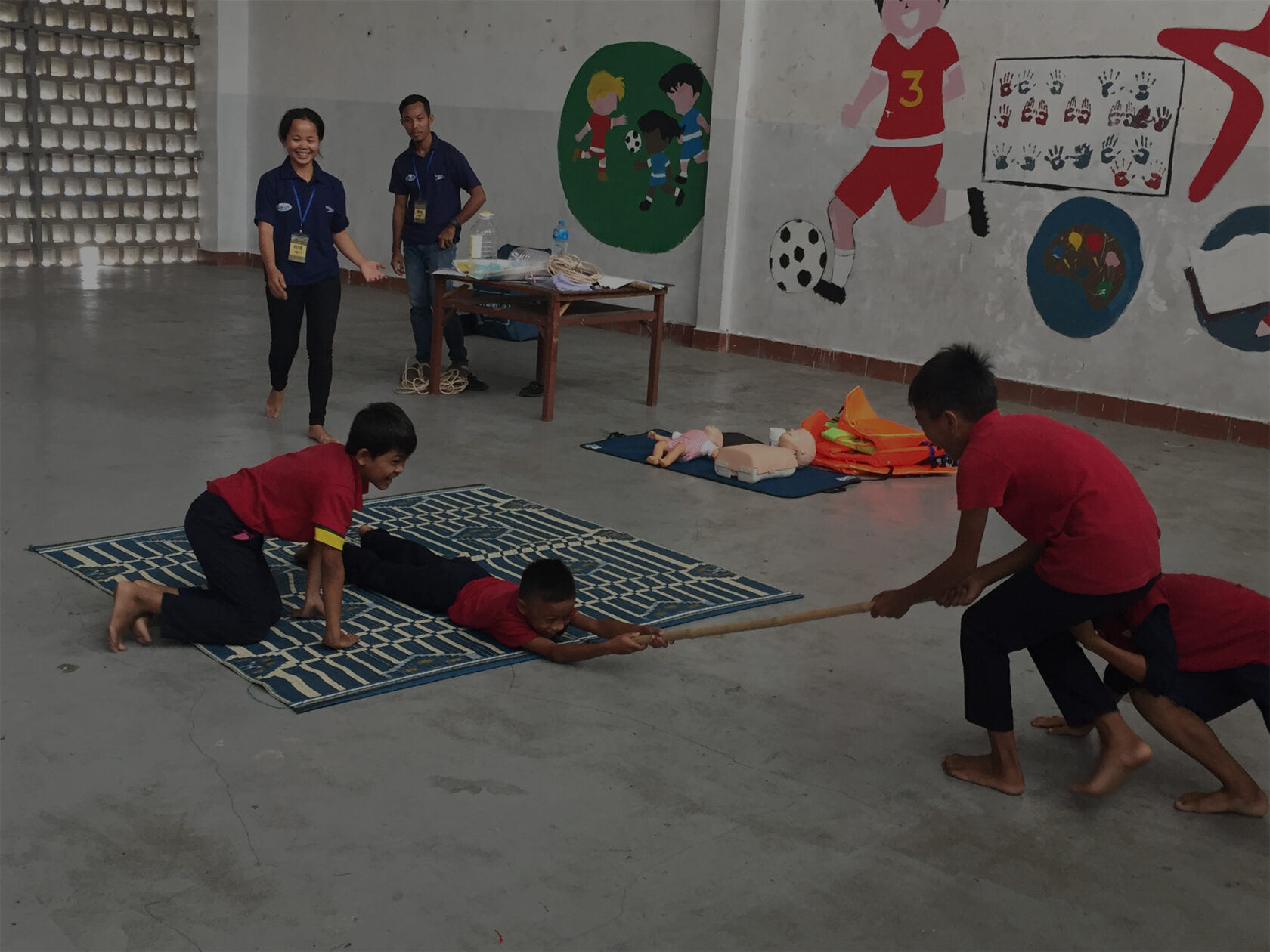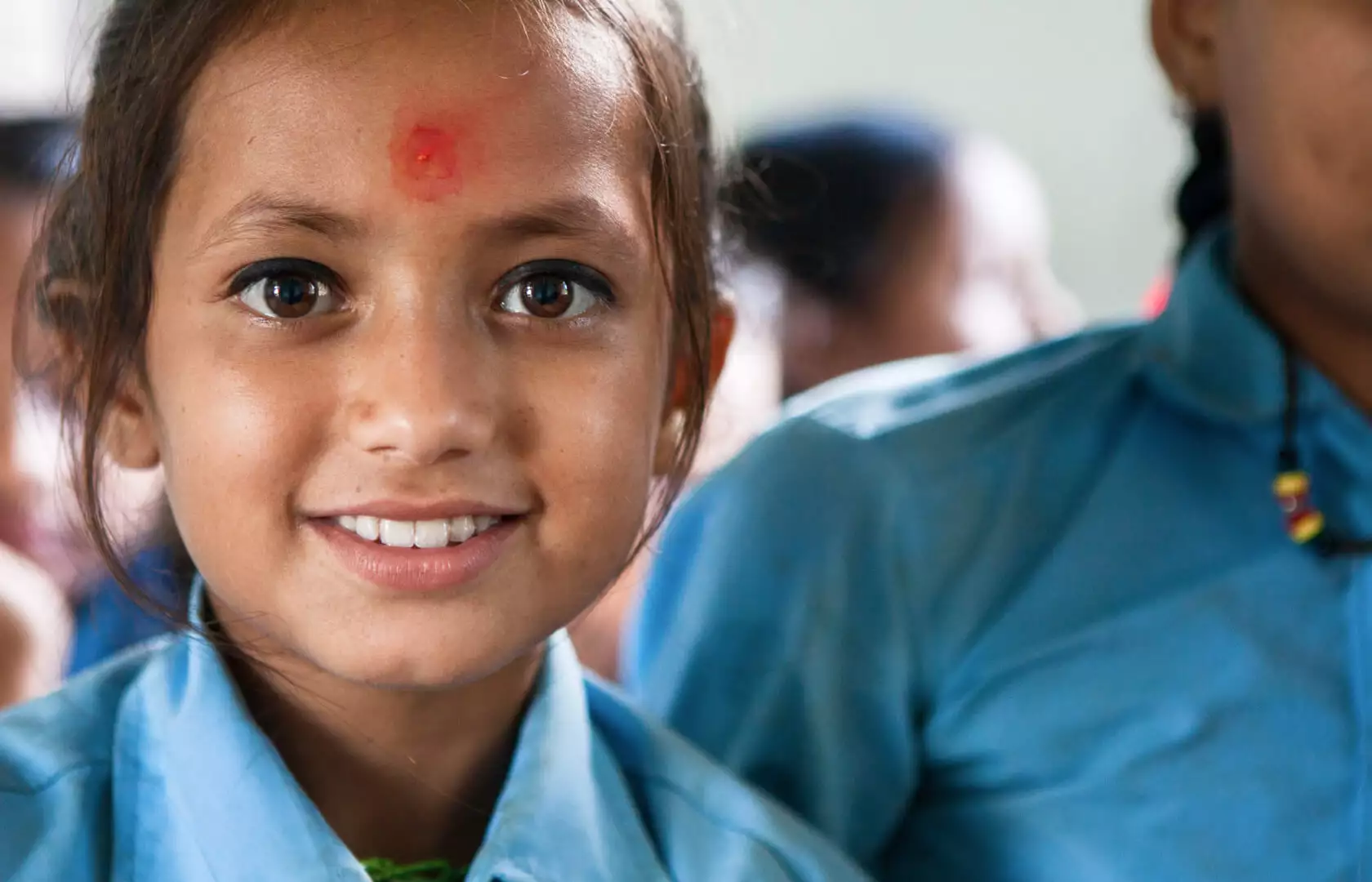Safe in Water
Prevenire l’annegamento dei bambini in Cambogia attraverso la sicurezza in acqua, corsi di nuoto e sensibilizzazione comunitaria.

There are an estimated 235,600 drowning deaths each year, the tenth leading cause of death among children in the 5-14 age group. Ninety per cent of drownings occur in low- and middle-income countries in rivers, lakes, wells,
household water tanks or swimming pools. Most affected are children and adolescents living in rural areas. In Cambodia, Helpcode has been working with communities since 2018 to prevent the drowning of girls and boys.

Drowning is a tragically common occurrence in Southeast Asia, accounting for 25% of deaths in the region (source: UNICEF). In Cambodia, it is the leading cause of child mortality, with an estimated five children drowning every day on average (source: WHO). In a country crisscrossed by rivers, canals, and rice fields, the child drowning rate is twice as high as in other Southeast Asian countries.
This issue is further exacerbated by climate change, which has a devastating social and safety impact in Cambodia. Each year, the number of floods and natural disasters increases, bringing severe consequences: communities’ livelihoods are heavily affected, driving many struggling families into extreme poverty; drowning incidents, particularly among children, rise; and schools are forced to close for extended periods.
This silent epidemic primarily affects children, who lack adequate information and training on water safety. In fact, most of children who die from drowning in Cambodia cannot swim and are unaware of essential safety measures to take near bodies of water.
To address this critical issue, the Drowning Prevention Program in Cambodia was launched. This initiative aims to raise awareness of water-related risks so children can approach and enter bodies of water with less danger, ultimately reducing the frequency of serious or fatal drowning incidents.
Since 2018, Helpcode has been organizing swimming lessons for children and drowning prevention and first aid courses for adults in Cambodian schools. During these training sessions, our instructors teach lifesaving techniques such as cardiopulmonary resuscitation (CPR), mouth-to-mouth resuscitation, and strategies for escaping difficult situations in the water.
1
Drowning is the tenth leading cause of death among children aged 5–14.
2
Ninety percent of drownings occur in low- and middle-income countries.
3
In Cambodia, drowning is the leading cause of child mortality, with an estimated 5 children drowning every day on average.
4
95% of children who die from drowning in Cambodia cannot swim and lack knowledge of the safety measures to take when approaching a body of water.
5
Drowning deaths could be significantly reduced with simple precautions that can be taught to children and their communities.
6
It is important to start with children to improve the resilience of communities: the knowledge children acquire lasts a lifetime and can be passed on to their peers and other community members.
Through our projects, we protect children from the risk of drowning, the leading cause of child mortality in Cambodia. We promote swimming and prevention courses, training both children and adults to reduce water-related dangers.
Prevenire l’annegamento dei bambini in Cambogia attraverso la sicurezza in acqua, corsi di nuoto e sensibilizzazione comunitaria.

In Cambogia abbiamo attivato corsi di formazione per la prevenzione all’annegamento per bambini, genitori e insegnanti


Guarantee a good education for all children.
Together we can eradicate educational poverty from the planet. Come and join the Helpcode community.
Make a donation
Help a child in difficulty now.
Make a monthly donation
Change the future for many more children, every day.
Sponsor a child
Help a child in difficulty carry on learning and growing, giving them a better future.
Would you like to help vulnerable children in a different way? Here are some suggestions.